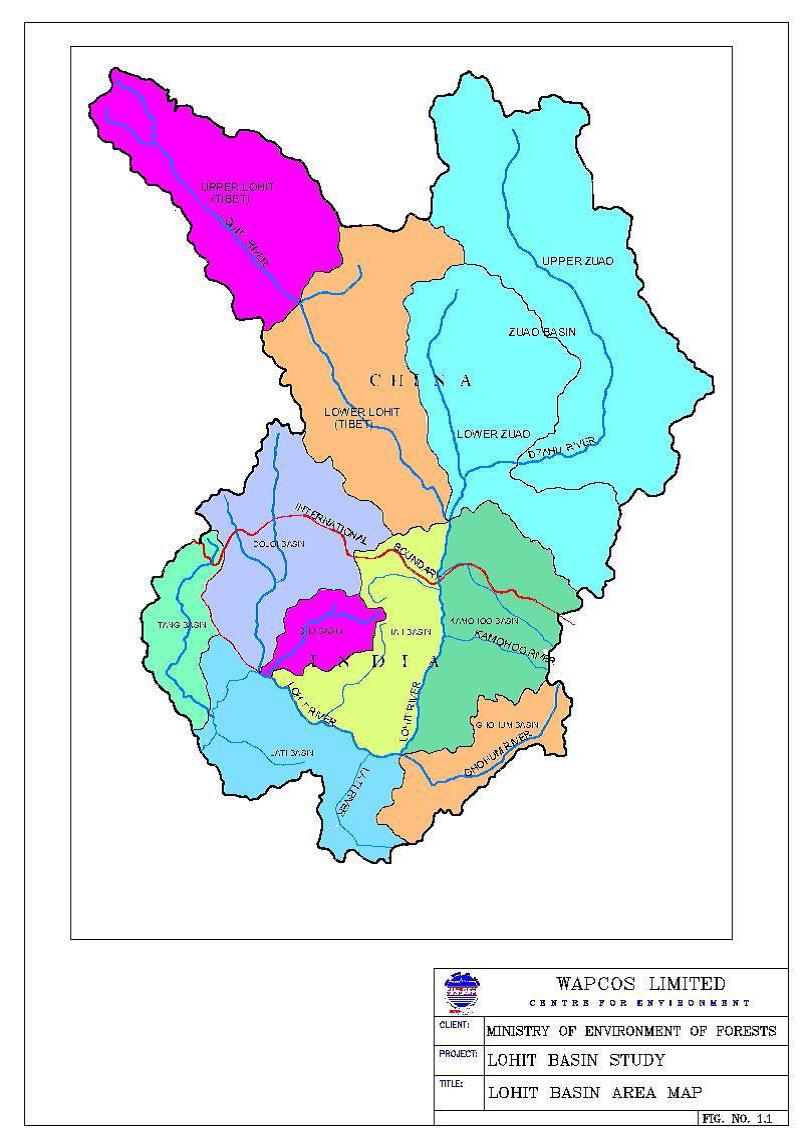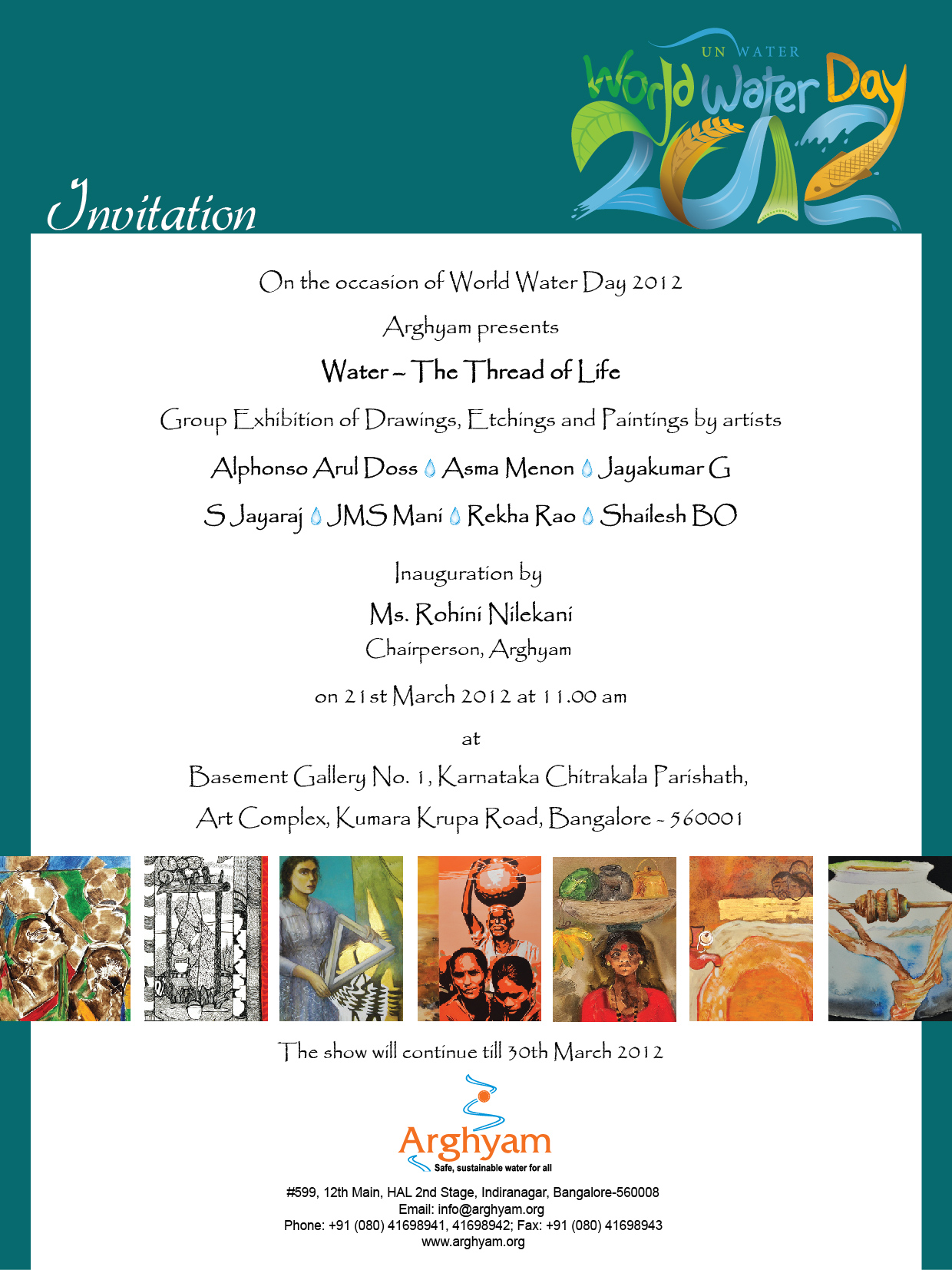/regions/political
Political
Basin-level impact assessment study of the Lohit river - A study by WAPCOS & Ministry of Environment and Forests (2011)
Posted on 19 Mar, 2012 11:29 AM
Call for Papers: 'Realization of the Right to Sanitation in India–Challenges and Way Forward’, New Delhi - Apply by March 31, 2012
Posted on 19 Mar, 2012 11:00 AM
Environmental Law Research Society (ELRS), New Delhi is an independent, non-profit organization focusing on environmental law and policy research and capacity building advocacy.
Best meal of the day': Akshaya Patra's kitchen in Nathwara, Rajasthan is the newest of its high-technology ones across India
Posted on 19 Mar, 2012 10:23 AMArticle and Image Courtesy : One World South Asia
Author : Madhusmita Hazarika
Draft National Water Policy (2012) fails to take into account the multiple, complex problems and issues relating to water in India says M S Vani
Posted on 18 Mar, 2012 05:49 PMGuest post by: M S Vani
Perusing the draft, one comes across all the ‘right’ concepts, words liberally sprinkled throughout the document, describing the resource:-
- Natural resource
- Hydrological cycle
- Ecological needs of rivers
- Climate change
- Sources pollution
and our intended response to it :-
Peace by peace cotton project' is bucking the trend in chemical farming to revive cotton fields in Odisha
Posted on 17 Mar, 2012 11:02 PMArticle and Image Courtesy : One World South Asia
Author : Madhusmita Hazarika
Status of water supply in in class-I cities and class-II towns of Uttar Pradesh (UP)
Posted on 17 Mar, 2012 10:15 PMSource: Central Pollution Control Board’s 2009-10 Report
Class of cities/towns |
Integrated water management for rural/urban India: Common effluent treatment plant can conserve fresh water in industrial estates
Posted on 17 Mar, 2012 11:02 AMAuthors : Vasudevan Rajaram and John R. Sheaffer
Water – The Thread of Life, a group exhibition of contemporary artists, Arghyam, March 21-30, 2012, Karnataka Chitrakala Parishath, Bangalore
Posted on 15 Mar, 2012 09:00 AMOrganizer: Arghyam
Venue: Karnataka Chitrakala Parishath, Bangalore

Arghyam is a public charitable foundation setup with an endowment from Mrs. Rohini Nilekani, working in the domestic water and sanitation sector in India since 2005. Arghyam supports projects to promote water and sanitation security with stress on people’s participation and awareness. Domestic water is primarily a women’s burden and disproportionately impacts women and the girl-child in multiple ways. Therefore, promoting gender equity is an important facet of Arghyam’s work. The projects are spread across all geographies – deserts, mountains, flood-prone regions, rain-fed, coastal and tribal areas, representing the diversity in the country.
Call for Papers, UGC sponsored National Seminar on Understanding Communities of North East India, 20-21 March, 2012, Guwahati – Apply by March 15, 2012
Posted on 13 Mar, 2012 08:22 AM
Description:
The concept of community has generated immense interests in the academia across disciplines and over time raising methodological, analytical and theoretical concerns rife with differences in its treatment. Compounded by contemporary social dynamics such as pertaining to globalisation, economic changes, state, politics, migration, modern technology, gender, development, etc. and the emergence of new perspectives and new areas of research the understanding of communities has undergone significant changes.
Improving farmers’ access to agricultural insurance in India - A World Bank working paper
Posted on 12 Mar, 2012 11:08 PMTo address this and other problems, the Government of India is piloting a modified National Agricultural Insurance Scheme, a market-based scheme with involvement from the private sector.